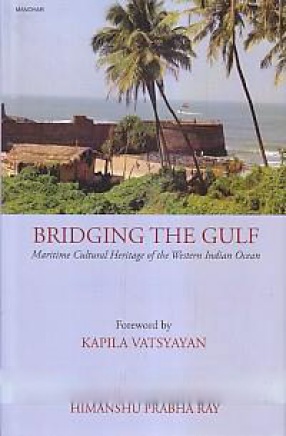
Himanshu Prabha Ray

Showing all 17 books
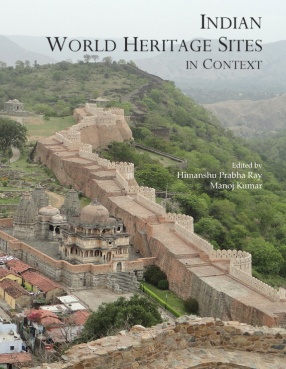
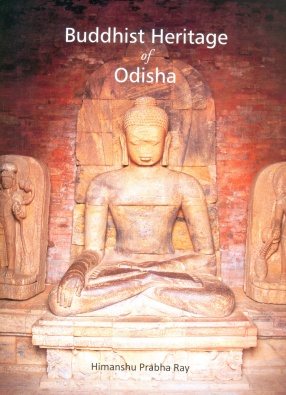
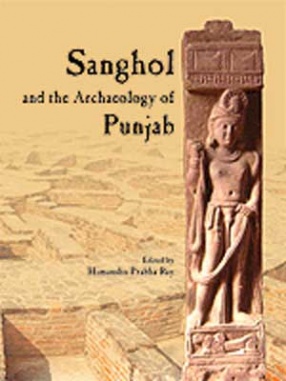
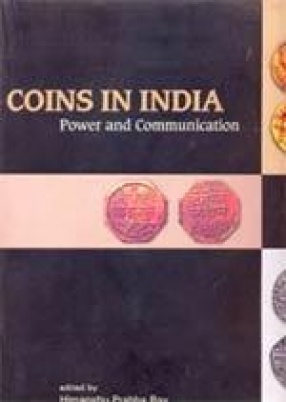
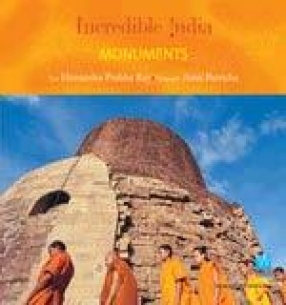
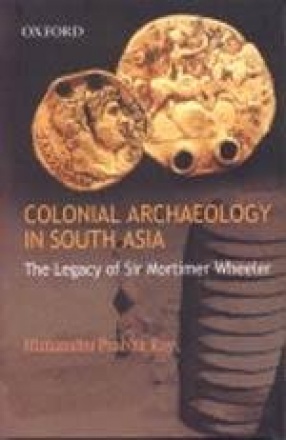

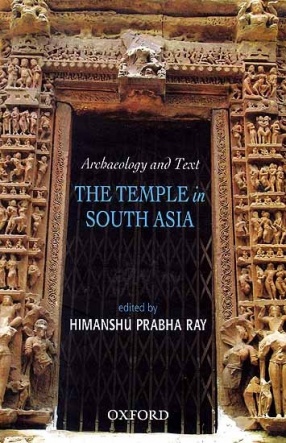
What is a temple? Who built or patronized such structures and why? Temples have always formed a crucial element of the cultural landscape of South Asia. Combining textual analysis, archaeology, and archival research with contemporary anthropology, Archaeology and Text provides a stimulating appraisal of religious life in the past.
Through detailed case studies from regions like Karnataka, Maharashtra, Madhya Pradesh, Rajasthan, Bengal, and Orissa, the book ...

This volume breaks new ground by conceptualizing landscape as a dynamic cultural complex in which the natural world and human practice are inextricably linked and are constantly interacting. It examines the social and cultural construction of space in the early medieval period in South Asia, as manifest in society, religious architecture and as shaped through trade and economic transactions.
Contents: Introduction. Part 1: The Archaeology of Space. 1. India ...
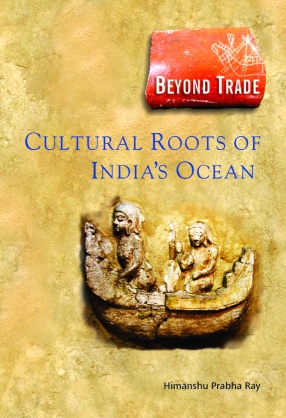
The book is focused on the Indian Ocean world. Instead of approach maritime history as control of trade networks and domination—which is normally done—this book looks at the cultural transfer and transmission with the region over time. Drawing on research undertaken for almost three decades, it examines coastal architecture and archaeology, narratives of shipwreck and travel in literature and provides an account of the changing maritime conceptions of ...
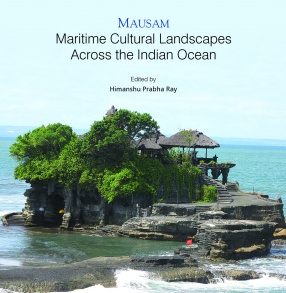
‘Mausam’ or Arabic ‘Mawsim’ refers to the season when ships could sail safely in the Indian Ocean and these seasonal monsoon winds underwrote both a shared culture in the past, as also the continued survival of maritime regions into the present. ‘Maritime cultural landscape’ was used by Olof Hasslof, the Swedish maritime ethnologist in the 1950s to indicate an understanding of the use of the sea by humans and included attendant ...

This book on World Heritage sites in India has two objectives: one, to highlight the archaeological context and cultural landscapes relating to monuments inscribed in the UNESCO World Heritage list; and second, to draw attention to urban pressures that impact the conservation and preservation of many of these sites and the need for comprehensive management strategies to ensure their continued survival. While six are natural properties, the Archaeological Survey ...

The focus of the book is the wide stretch of water- and sea-ways connecting the coasts of Bengal and Sri Lanka to the coast of Vietnam. The authors address three broad issues through an interdisciplinary perspective. The first relates to boat-building traditions and the communities who traversed these waters. The challenge is to use the ethnographic present and mobility of the fishing and sailing groups for an understanding of the history of the sea and the ...

The multi-religious landscape of Odisha is striking, with the present city of Bhubaneswar and its encircling hills providing evidence for the presence of shrines and image associated with Buddhism, jainism as well as Hinduism, though their relative concentration varied over time. In this book, the focus is on various aspects of architecture related to Buddhism. One of the issues that the survey of religious architecture presented here raises is the extent to ...

The archaeological site of Sanghol situated 40 kilometers from Chandigarh on the National Highway to Ludhiana is exceptional in many ways. One of the very few sites extensively excavated in post-independence Punjab, it was settled as early as the second millennium BC and has continued in occupation well into the present. The cultural deposit is rich and varied, especially in its diverse range of coins, seals and sealings, and this marks Sanghol out from other ...

The volume encapsulates the results of ongoing research on different aspects of the archaeology of the Indian Ocean: archaeobotany; ethno-archaeology; maritime ethnography and numismatics. These issues have been discussed within the wider context of movements of communities across the Indian Ocean both fishing and sailing communities, as also travellers and traders. A range of textual sources, including those in Greek and Arabic have been analysed, together with ...

This volume fulfils a long-felt need in south Asian studies by initiating an inter-disciplinary dialogue between archaeology and history. It challenges traditional assumptions derived from text-based archaeology dating to the Alexander Cunningham era and re-examines the role of archives, monumental architecture and artifacts in the reconstruction of the past.
The first section draws attention to two emerging trends in the study of the past; one, the use of ...
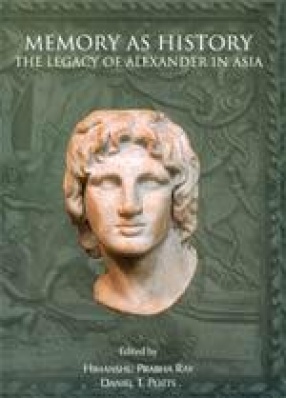
This volume examines the legacy of Alexander, the Macedonian, as it survived and transformed itself in literature, the arts and archaeology in Asia. The tendency to idealise Alexander began in antiquity and by the Roman period, a body of romance had grown around him, which continued to expand in almost every language from Scotland to Mongolia. The portrait of Alexander as the universal conqueror who was also the civiliser and benefactor of mankind owes its origin ...

This volume focuses on the socio-cultural connotations of coinage in terms of power, authority, and rule legitimization, placing numismatic studies in the context of cultural history. Coins function as money, because the users share cultural parameters regarding their value and acceptability. These cultural values form a continuum and are reflected in adhering to traditional designs in the old and new denominations, while at the same time introducing changes and ...

This book focuses on the pluralist, religious identity of India's finest monuments, viewed as expressions of religious architecture in a socio-cultural context. Written by one of the leading experts, this book takes the reader through the transition of a multi-cultural pattern to a monotheistic religious identity.
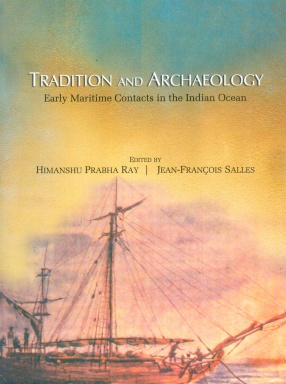
This volume is a collection of papers presented at the International Seminar on 'Techno-archaeological Perspectives of Seafaring in the Indian Ocean' covering the period from the fourth century B.C. to the fifteenth century A.D. The two broad themes covered include archaeological evidence of maritime links, and technological studies of watercraft involved in trade and communication. This inter-disciplinary dialogue provides new insights on early seafaring in the ...

Throughout history the peoples of Asia have been known for their mobility and interactions. The notion of territorially defined nations is historically recent. There was a continuing dialogue between Asian cultures which functioned at both the spatial and the temporal level. Propelled buy the movement of the great religious of Asia across continents via trading communities, clergies, Buddhist and Sufi scholars and communities of artisans. The present volume ...

This book discusses the practice and institutionalization of the discipline of archaeology under British Rule and its current manifestations. Using Sir Mortimer Wheeler's tenure as the Director-General of the Archaeological Survey of India (1944-48), it assesses the extent to which colonial intervention shaped the nascent discipline in South Asia. The study investigates two important areas generally neglected in most histories of archaeology of the ...
